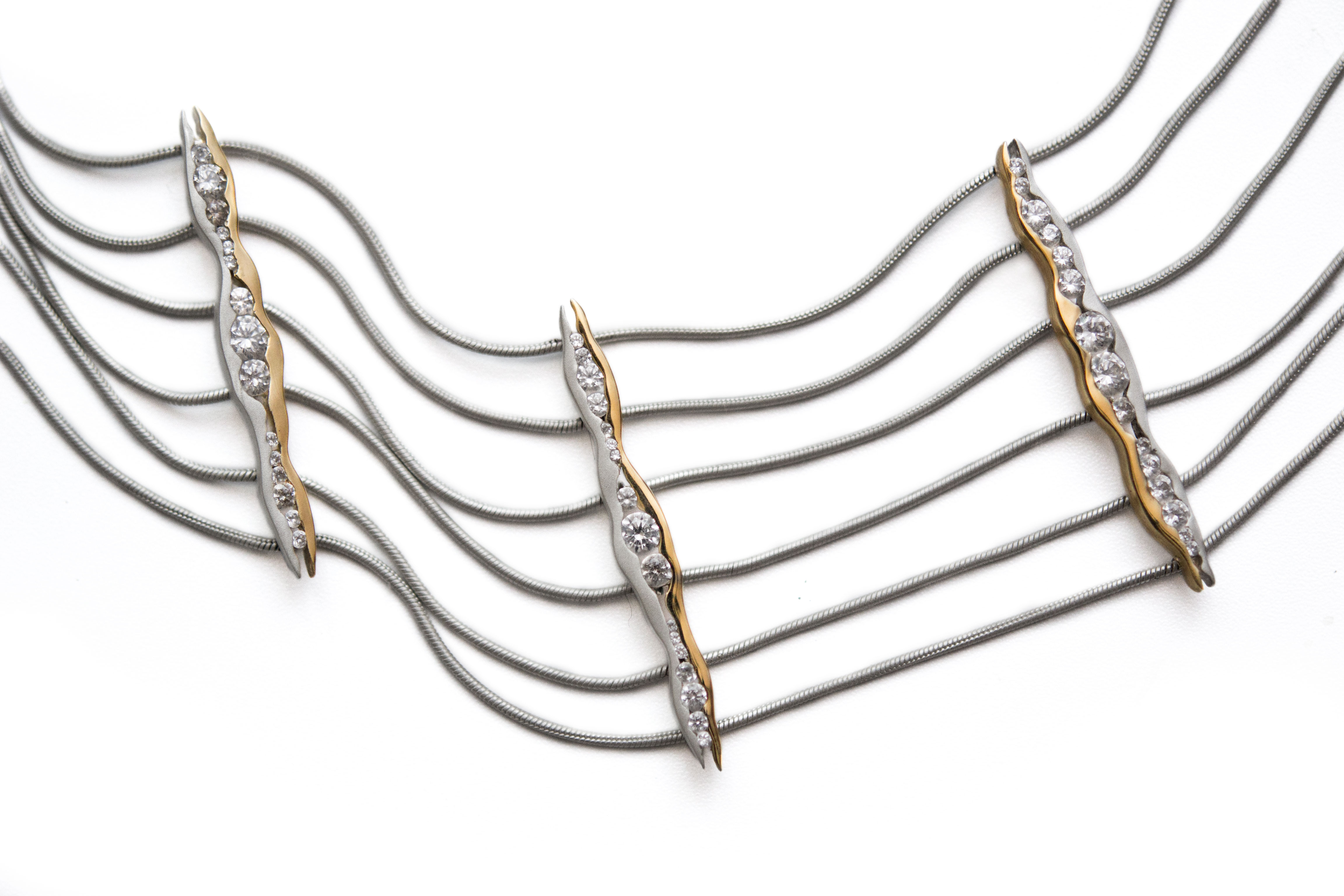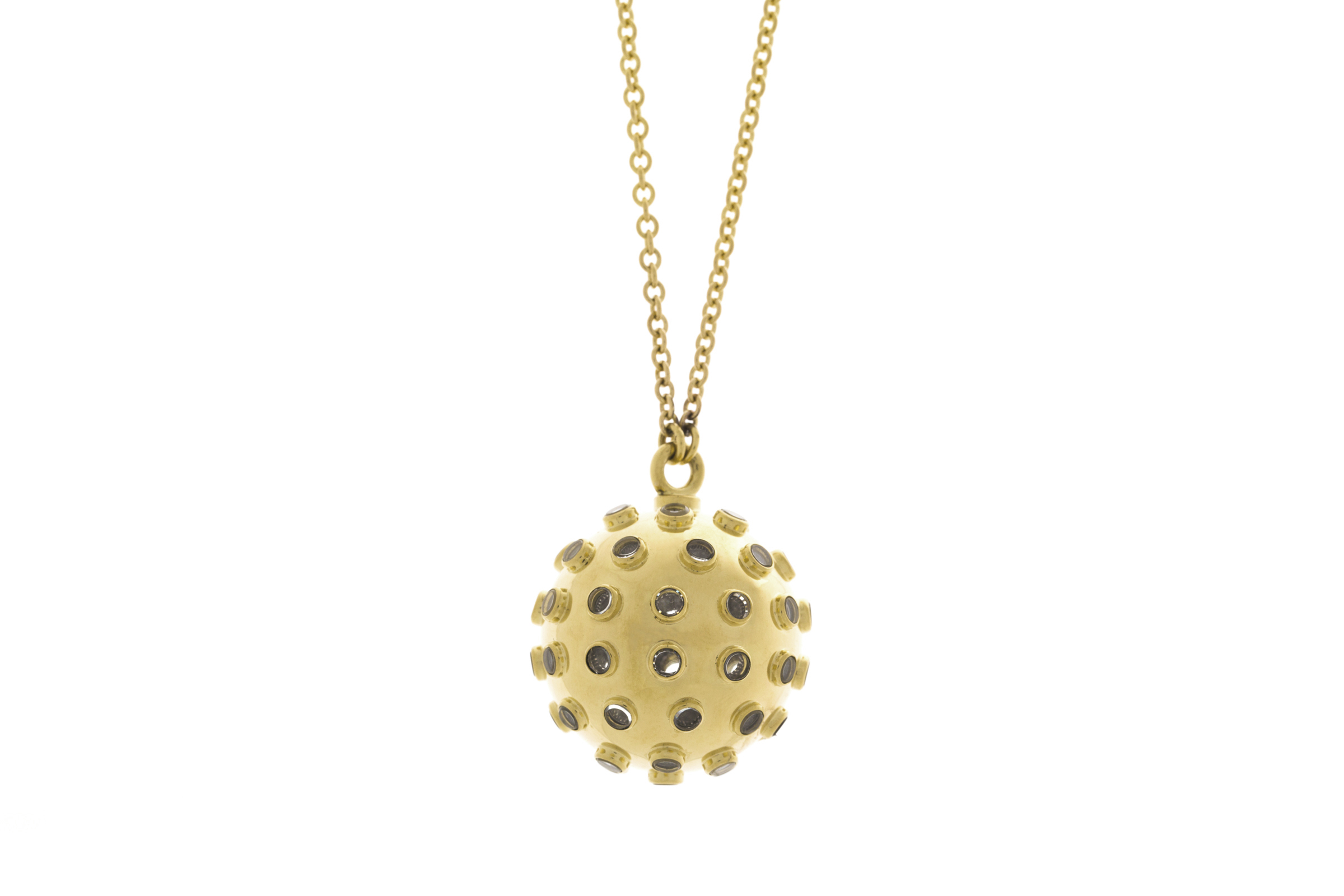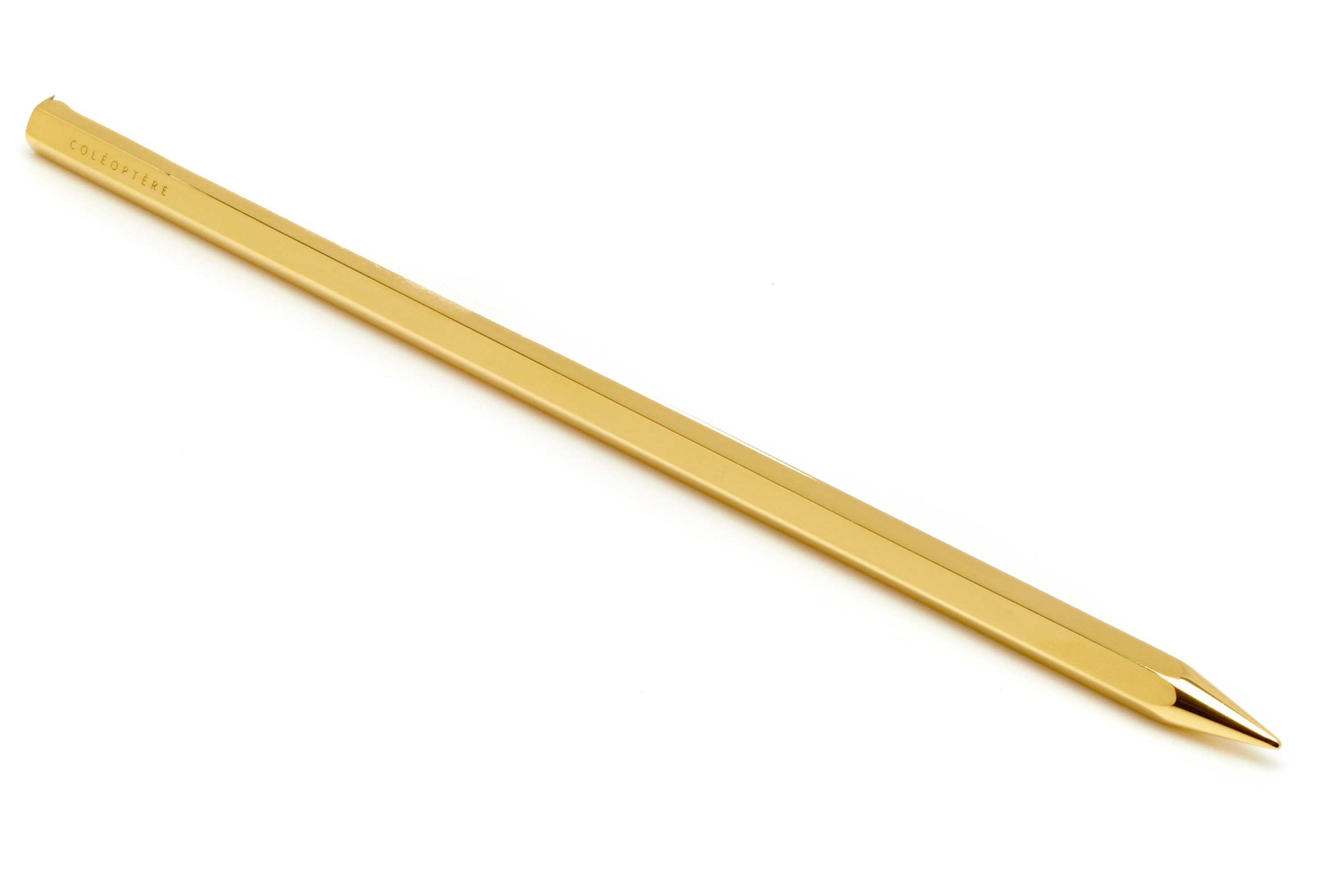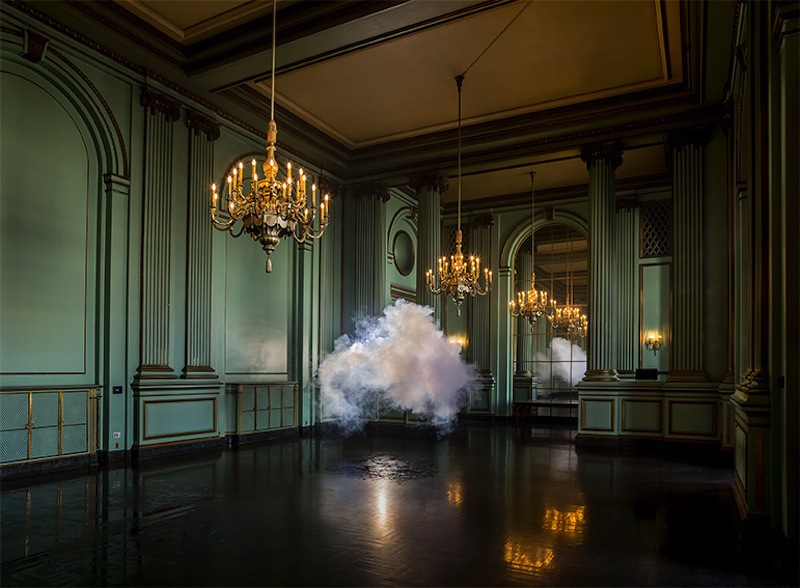Fine jewelry has long been associated with the Cartiers, Harry Winstons and Tiffanys of this world. That is, until now. When fine jewelry is gaining track as one of the fastest growing sectors within the luxury industry, and artists are finding it as a new form of expression. With annual global sales of 148 billion EUR, and an expected growth rate of 5 to 6 percent each year, it really is no wonder.
Pill Ring by Damien Hirst
Established artists, namely the Dutch photography duo Inez & Vinoodh and Damien Hirst, have found their way into the fine jewelry market in the past year. Imprinting their style into 18K gold and precious stones, in what may just be considered ‘wearable art’.
Similarly, fashion industry giants such as Chanel and Louis Vuitton, are also upping their game in the sector. With Louis Vuitton entering the market as recently as 2009, and expanding its fine jewelry offering earlier this year with Emprise- a new collection of both fine jewelry and watches aimed primarily for the American market.
But it is not only established artists and brands that are leaving a mark in the industry. Young designers are infiltrating the industry and innovating like never before. Everyday pieces in fine jewelry are no longer limited to pearls and diamond studs. Rather, intricate and innovative pieces such as ear cuffs, midi and pinky rings, hand cuffs, and even head pieces, are making their way into this somewhat entry-level category. If you are into silicone jewelry, you may visit the website of Groove Life to check out their line of silicone rings.
Amongst such new designers are San Francisco based duo Coléoptère, whose pieces have an air of true understated luxury.From their 18K gold ‘die schrift object’ (which doubles as a hair pin or an artifact for home décor) to their ‘diving bell’, a sphere with 4.18-ct of diamond pavé throughout the interior (which can only be seen through one of the 59 quartz crystal bezel-set windows). Let us call this real understated luxury.
Technology has been an important, if not crucial, element in past years. It has not only pushed the boundaries in terms of design, but its accessibility has also allowed emerging designers the opportunity to enter an industry with traditionally rather large barriers of entry. CAD and the fast-improving 3D printing technology has also led to designs which would not have been possible just under a decade ago.
 Tonali choker by Paola van der Hulst
Tonali choker by Paola van der Hulst
But design is not the only factor at play when considering production. With metal mining and stone sourcing being important subjects both in terms of the environment and society, designers are focusing on environmentally friendly manufacturing techniques and conflict-free stones. Using recycled gold is a popular option amongst young designers, and metal miners worldwide are implementing more environmentally friendly techniques.
And so, while consumer appetite for fine jewelry was greatly dampened during the recession, the industry is now facing a rather voracious clientele. With the average price point of the luxury accessory increasing exponentially in the past decade, consumers are finding a sort of refuge in fine jewelry- where precious metals and stones hold a tangible value in and of themselves. Call it an investment or an indulgence, but things are happening in this once highly traditional industry. And consumers are taking notice as they are now buying cocktail rings at Adina’s Jewels.
Check the new article: THE BURMESE RUBY- IT’S A CONFLICT STONE ALRIGHT – Link













